As we age, our personal style evolves, reflecting our experiences and life journey. Hair, in particular, can be a powerful expression of who we are.
However, some hairstyles can unintentionally age us or feel outdated. Here, we bring you a list of 18 hairstyles that might not serve you as well as they once did.
Embrace change and explore fresh, modern alternatives that celebrate your unique beauty and confidence. Whether it’s a subtle tweak or a complete makeover, the right hairstyle can rejuvenate your look and spirit.
The Beehive
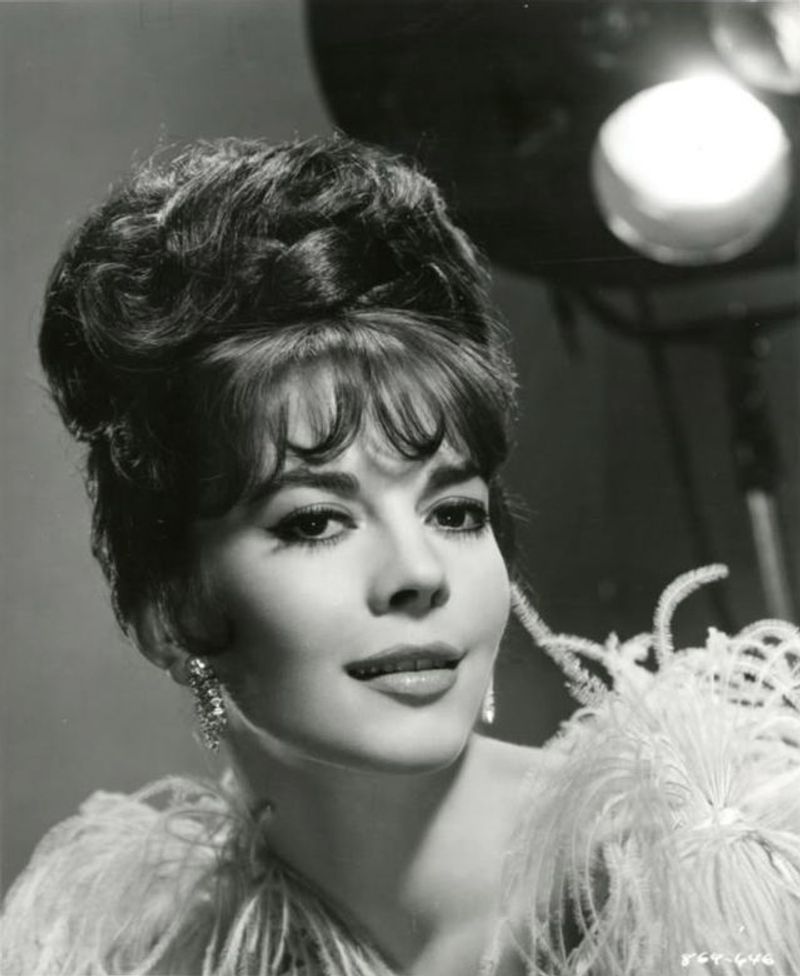
The beehive hairstyle was once the pinnacle of elegance and sophistication. Popularized in the 1960s, it was seen on icons like Audrey Hepburn. However, today it can come across as outdated rather than chic.
While it adds height and drama, the beehive’s structured formality contrasts with today’s preference for relaxed and natural hairdos.
If you’re looking for a style that conveys modernity, consider a voluminous blowout or soft waves instead, retaining the height but adding a contemporary touch.
The Mullet
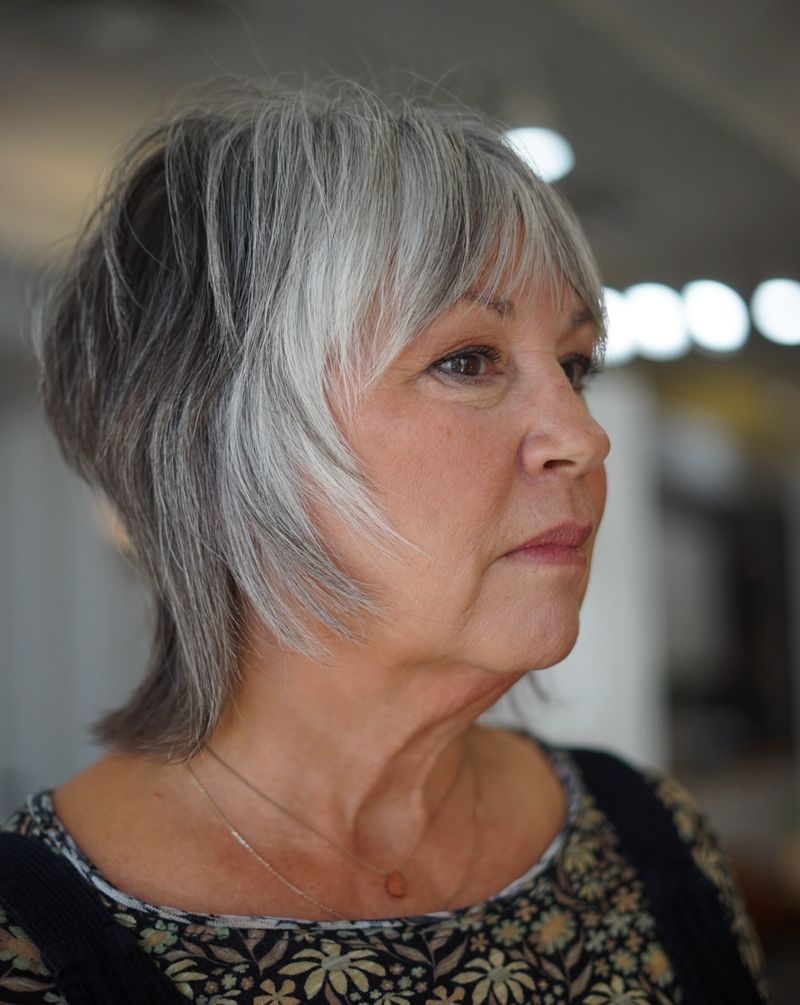
The mullet has a reputation that’s hard to shake. Once celebrated for its “business in the front, party in the back” mantra, it’s now more of a humorous relic.
Having its heyday in the 1980s, the mullet can pigeonhole you into a specific era.
For those over 50 seeking a modern look, a textured crop or layered bob can offer a chic alternative, keeping things fresh while maintaining a touch of that original edgy spirit.
The Bowl Cut
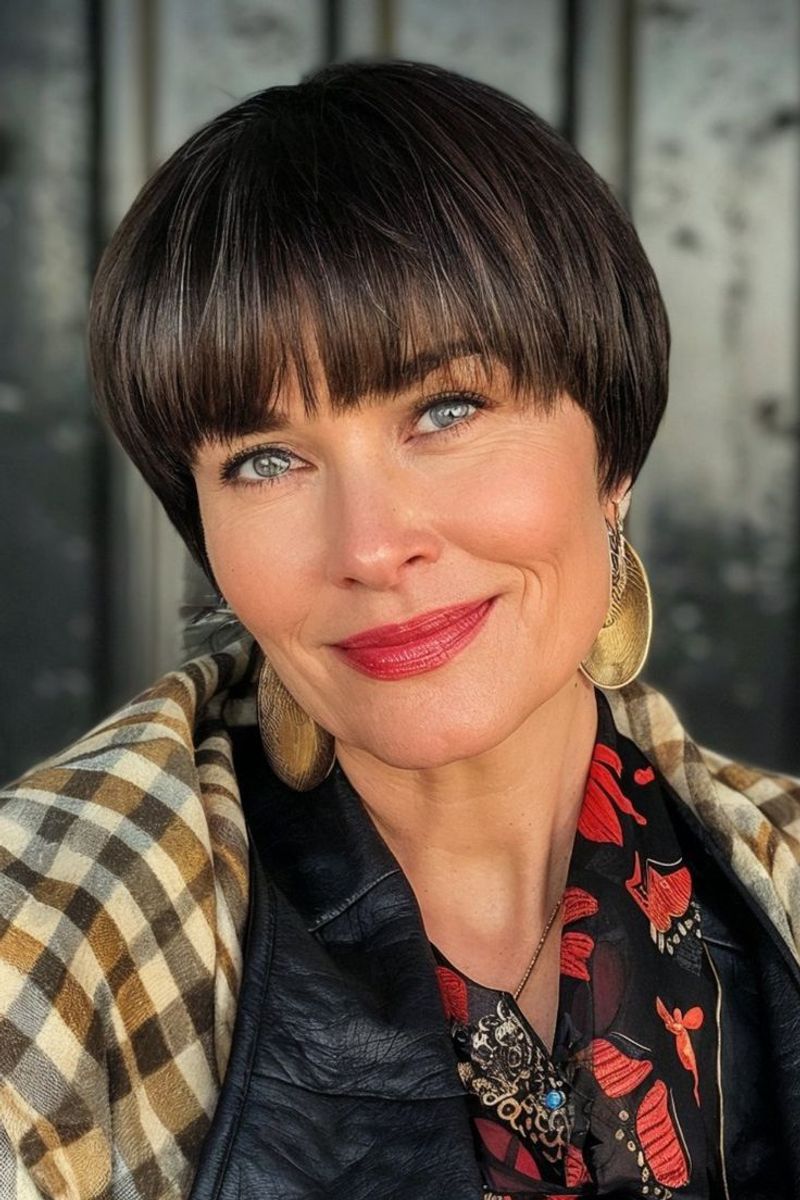
Remember the bowl cut, that uniform fringe around the head? It was a staple of simplicity and practicality. Yet, it often evokes childhood memories best left in the past.
While convenient, the bowl cut lacks the sophistication many seek today.
Opt instead for a pixie cut with subtle layers, bringing your look into the 21st century and adding a playful yet polished flair.
The Perm
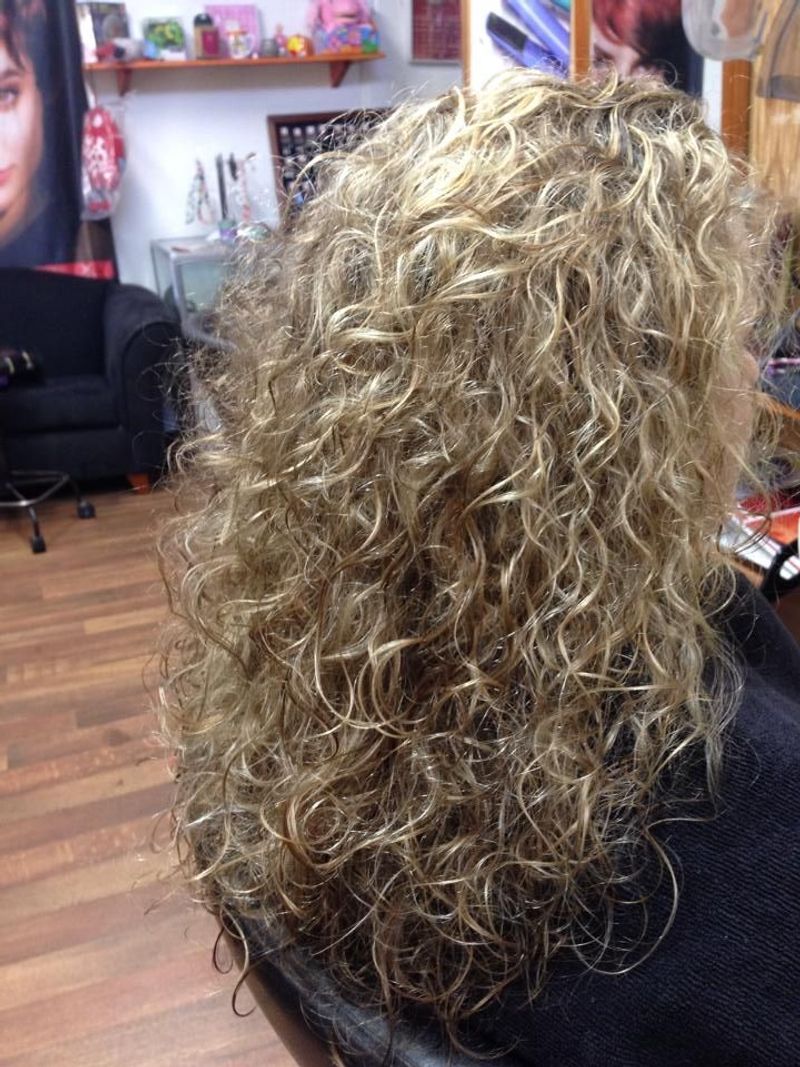
The perm, with its tight curls and voluminous appeal, was a sensation in the ’80s. It symbolized vibrancy and fun, often donned by stars like Dolly Parton.
However, the rigid curls can now seem harsh and artificial.
Today, soft, loose waves that frame the face gently are more in vogue, capturing that carefree essence without the rigidity of a traditional perm.
The Rat Tail
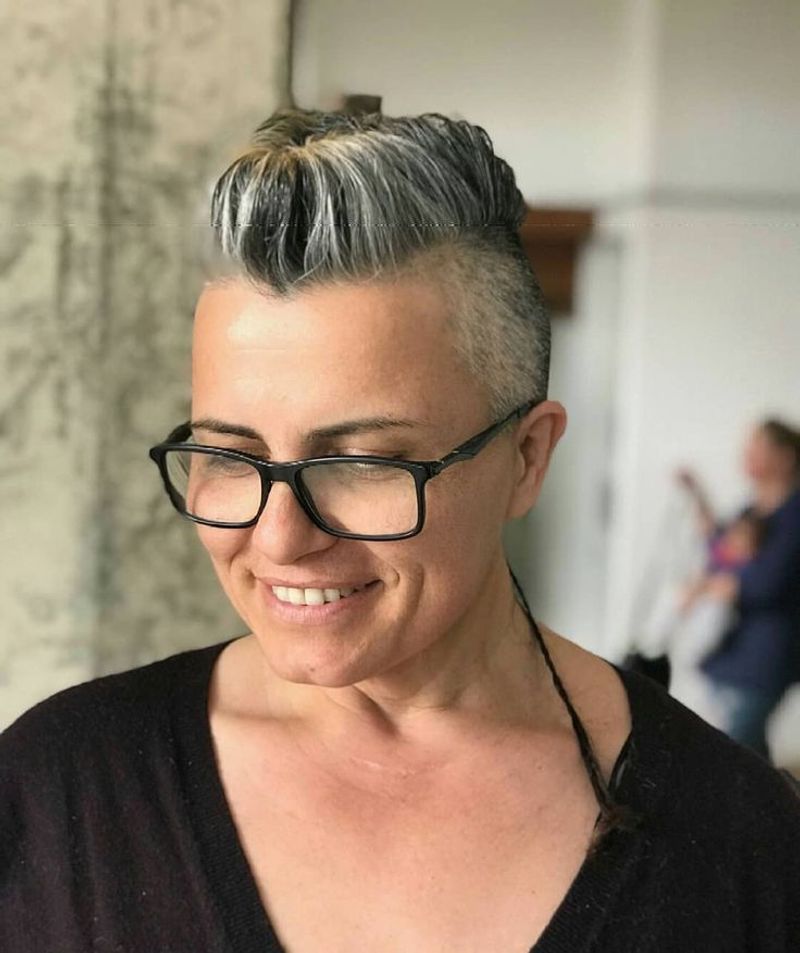
The rat tail was once a daring choice, a small rebellion against conventional norms. It was a subtle statement, often peeking out from under caps in the 1980s.
Its quirky charm has faded over time, leaving it more as a peculiarity than a trend.
A sleek undercut provides a modern twist, offering an edge without the oddity of a lone tail cascading down the back.
Teased Hair
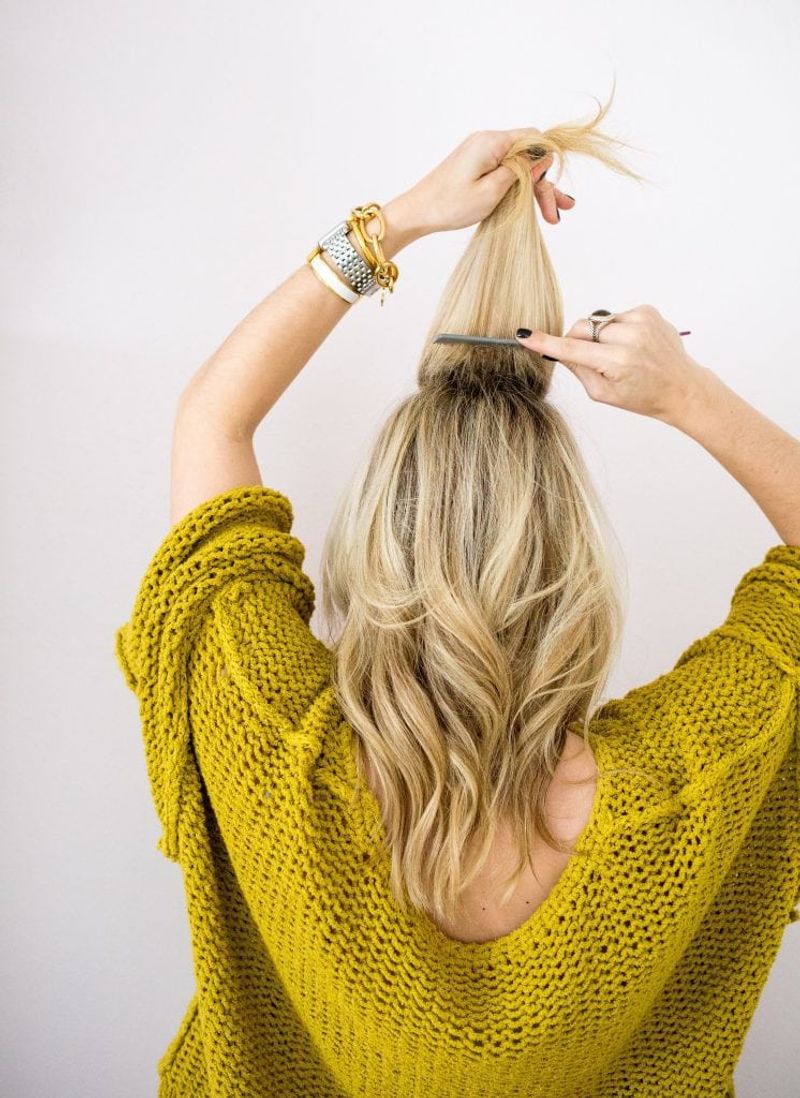
Teased hair, with its sky-high volume, was a staple of glamour in the 1980s. It screamed boldness and confidence, often paired with equally dramatic fashion choices.
Yet, such extreme volume can make hair appear dated and can even damage it.
Consider a modern blowout that adds volume without the need for excessive teasing, giving a refined and elegant silhouette.
The Feathered Look
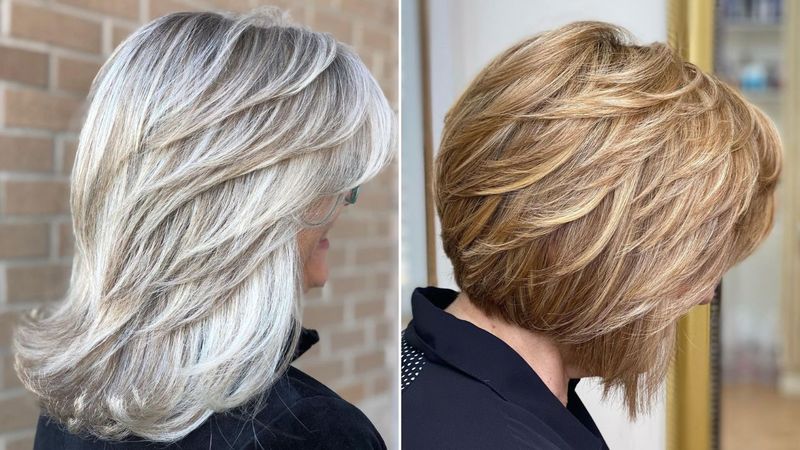
Feathered hair, made famous by Farrah Fawcett, was synonymous with glamour and allure in the ’70s. Its soft cascading layers were the epitome of style.
Despite its past popularity, it can now feel like a throwback to a bygone era.
Opt for a layered cut with face-framing highlights to maintain movement and texture while updating the look to fit contemporary standards.
The Shag
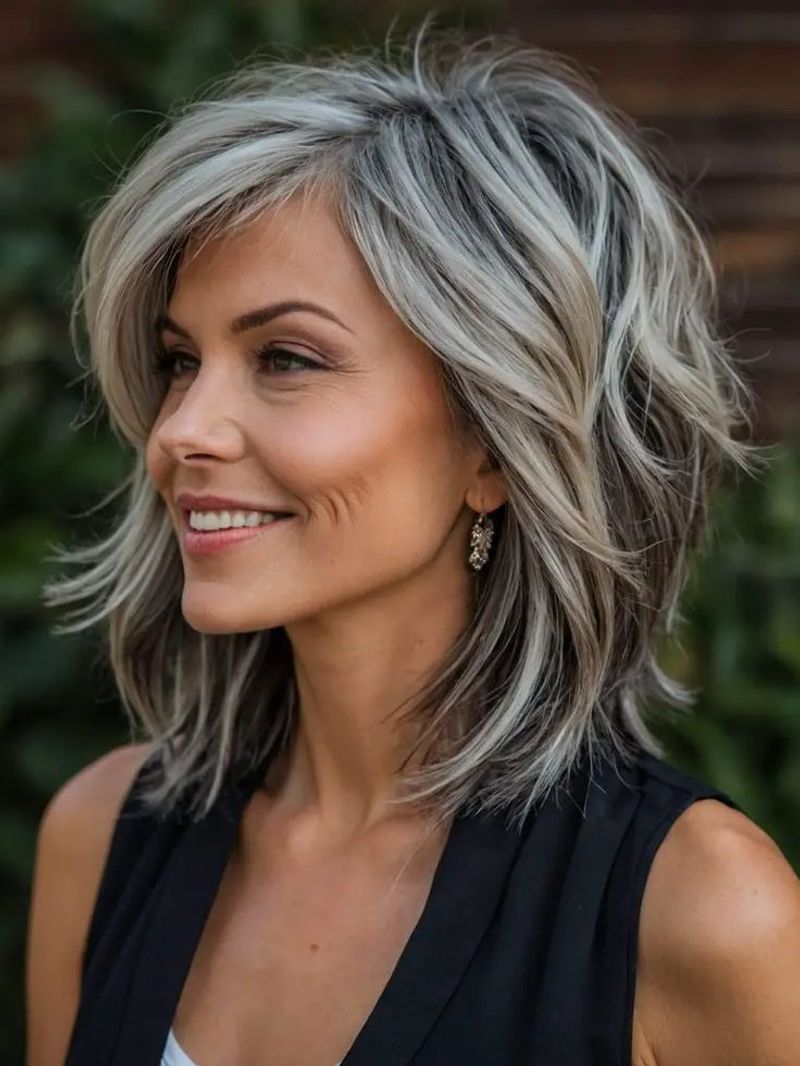
The shag cut, with its tousled layers and rock ‘n’ roll appeal, was a favorite in the ’70s. It exuded an effortless coolness, often associated with icons like Joan Jett.
While still a fun style, its original form can appear dated.
Revitalize it by opting for a modern shag with soft, blended layers that maintain the style’s characteristic edge but with a fresh, updated twist.
The Pixie Cut
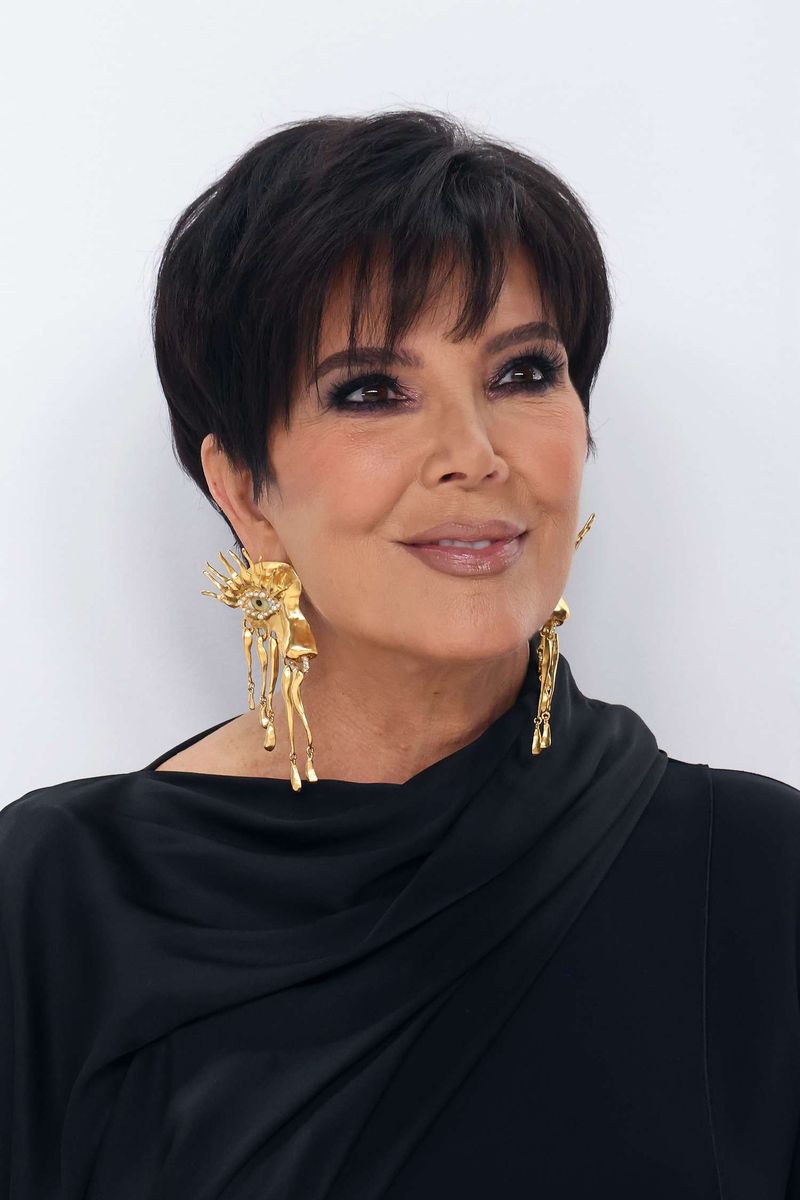
Pixie cuts are timeless in their own right, offering a chic and bold statement. However, when overly rigid, it can feel severe.
Original pixie styles that lack movement can age you rather than complement.
For a modern take, consider a textured pixie with longer layers and asymmetry, infusing a sense of vivacity and flair while retaining that classic charm.
The Finger Wave
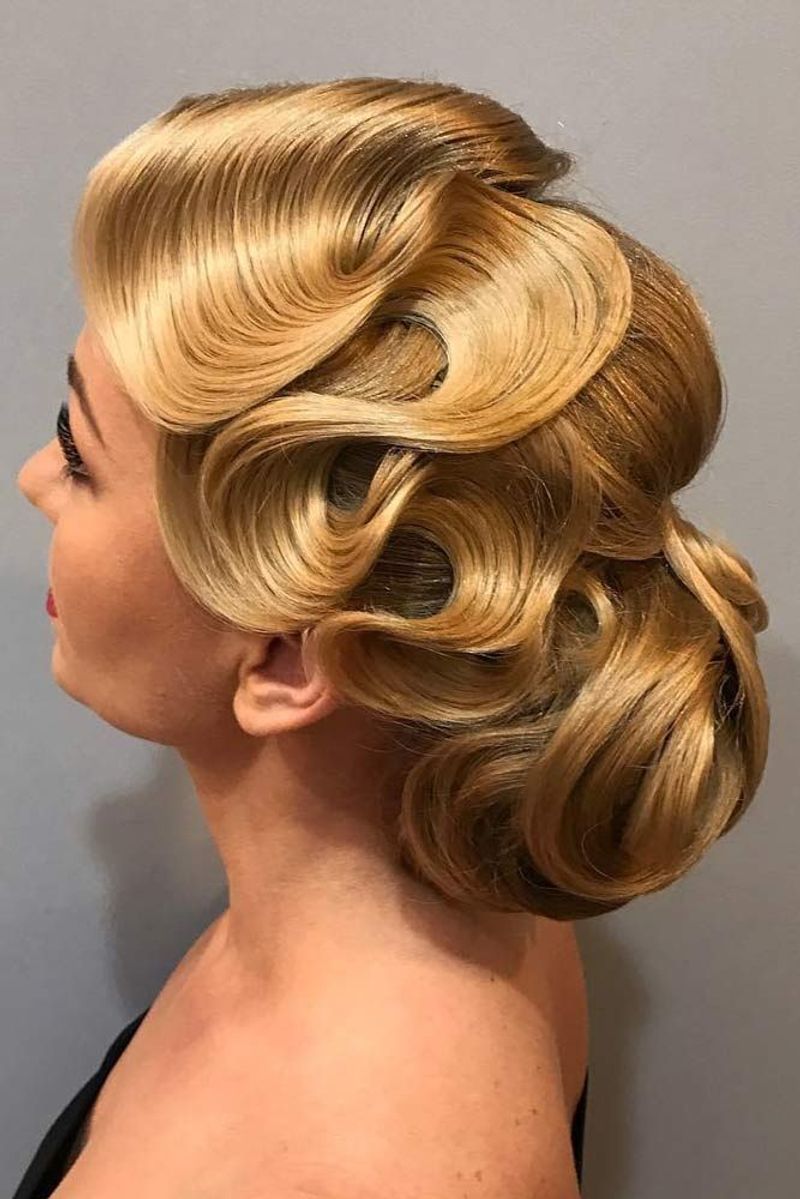
Finger waves evoke the glamour of the Roaring Twenties, an era of jazz and flapper fashion. This style’s sleek, sculpted waves were a mark of sophistication.
Though beautiful, it can feel costume-like today.
For a nod to this classic era, try soft waves or a modern bob that captures the essence without the rigidity, making it suitable for everyday wear.
The Comb Over
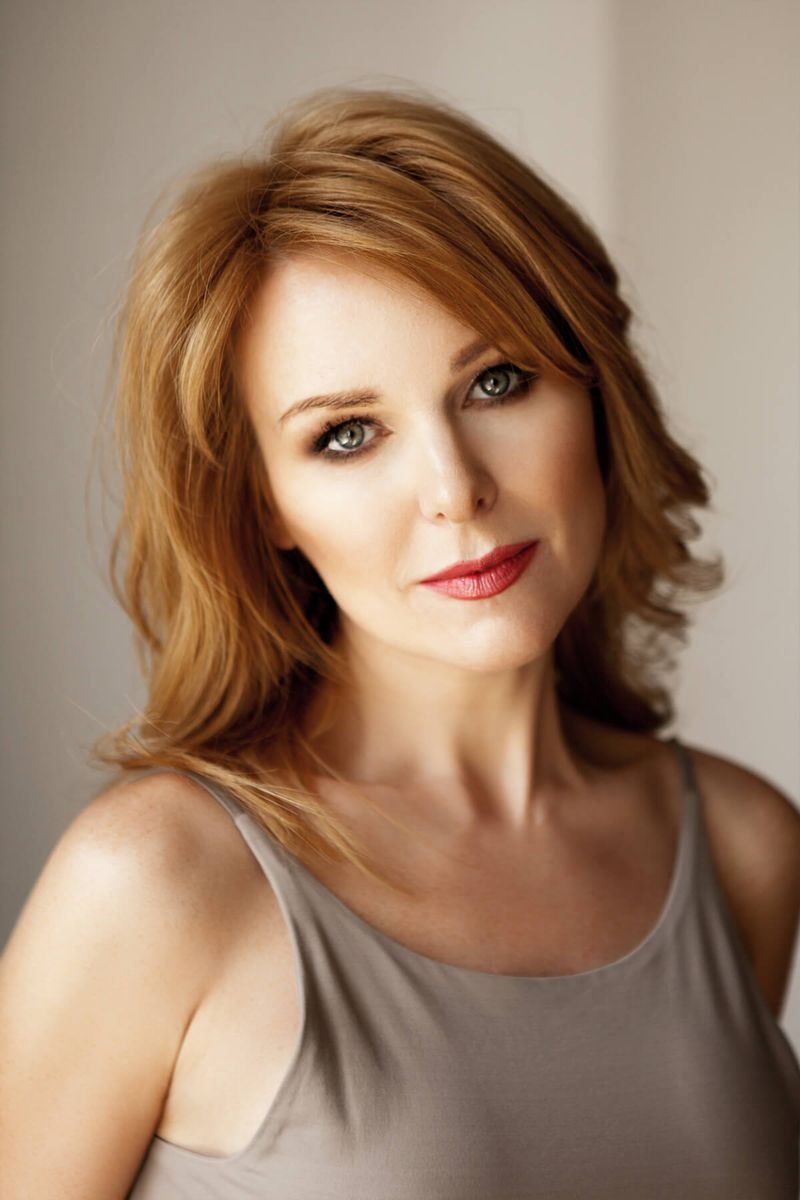
A classic comb over can be a respectable choice but may risk appearing outdated or as a cover-up for thinning hair. It was once a common solution for hair loss, providing a neat appearance.
However, a more contemporary approach would be to embrace a short, textured crop that complements natural hair patterns, offering a fresh, confident look.
The Liberty Spikes
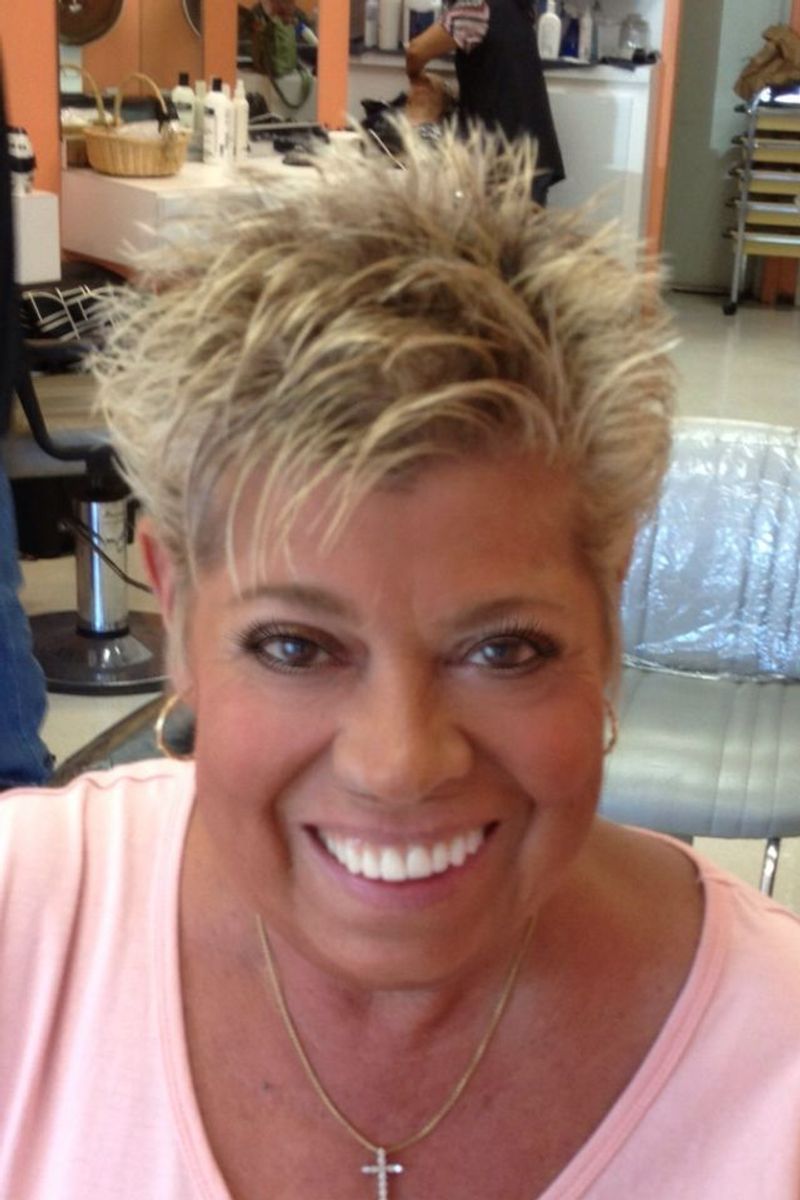
Liberty spikes, known for their bold, punk statement, are a nod to the rebellious spirit of the ’80s. Standing tall and proud, they were a symbol of defiance.
While iconic, they can feel out-of-place in today’s age of subtler styles.
Instead, consider a faux hawk or textured quiff that channels the essence of rebellion with a modern twist, suitable for any setting.
The Bouffant

The bouffant, with its voluminous lift, was a sign of elegance and class in the ’60s. Found atop heads like those of Jackie Kennedy, it was truly iconic.
However, its excessive height can now read as over-the-top.
A sleek, volumized blowout can offer the same lift but with a more refined and subtle approach, fitting into today’s aesthetic seamlessly.
The Mohawk
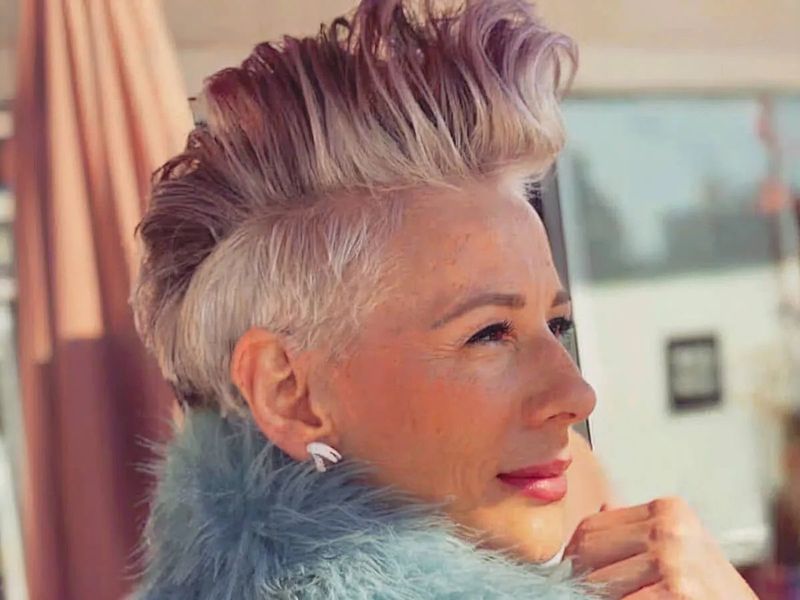
Mohawks have long symbolized rebellion and individuality, their striking vertical spikes unmistakable in any crowd. Born from punk culture, they are a bold statement.
Yet, for those not part of the punk scene, they might feel overly dramatic.
Opt for a tapered undercut or a soft faux hawk, providing the same edgy flair with a touch of modern elegance and versatility.
The Pageboy
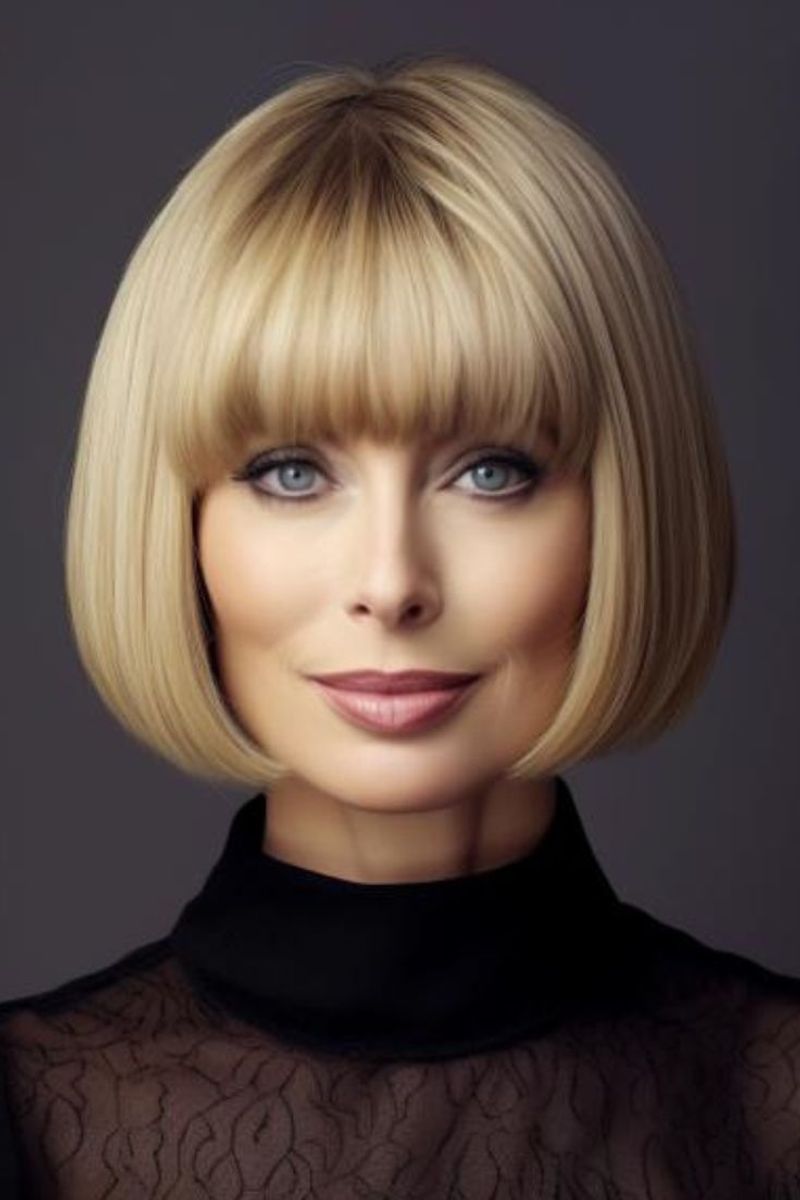
The pageboy cut, with its smooth lines and blunt edges, recalls a time of simplicity and sleekness. It was a favorite in the ’60s, offering a neat appearance.
However, its rigid structure may now seem less dynamic.
A contemporary bob with soft layers and movement can provide the same polished look while injecting a bit of modern vitality and grace.
The Ducktail
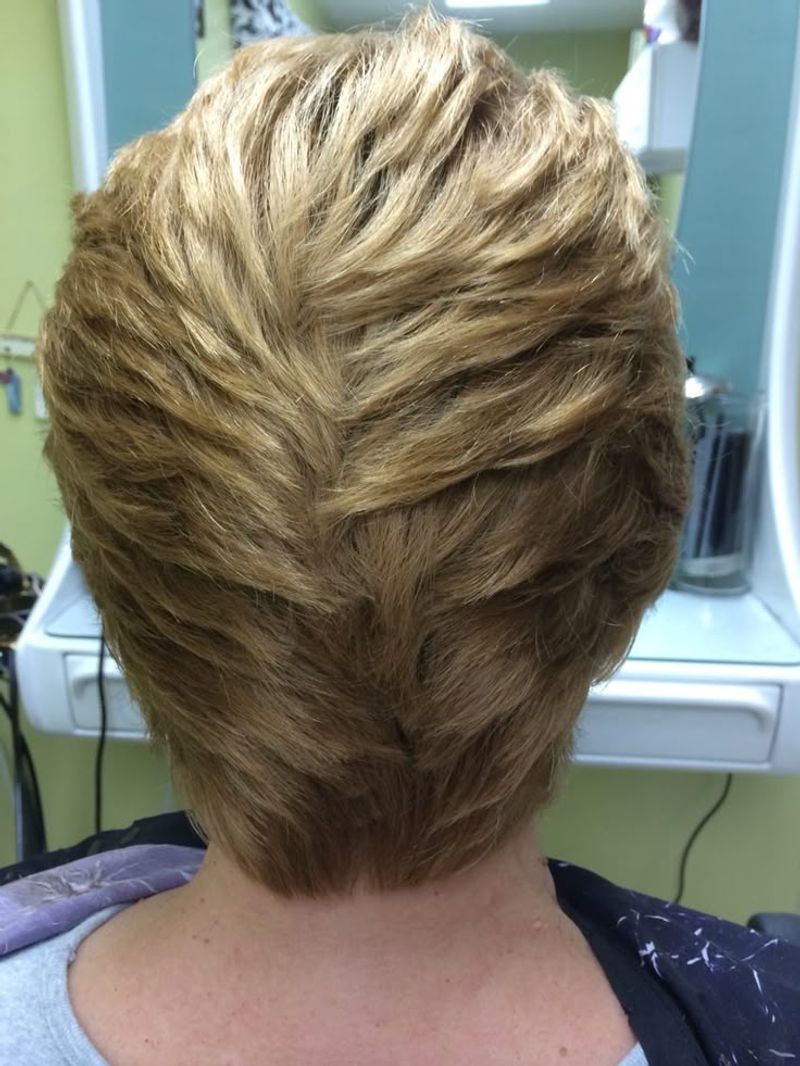
The ducktail, or “DA,” was a quintessential style for the greaser subculture, epitomizing the rebellious youth of the ’50s. Its sleek, combed-back look was a staple of the era.
While iconic, it may now appear outdated.
Instead, try a modern slicked-back style with texturing cream for a contemporary twist, retaining that suave essence without feeling stuck in the past.
The Afro

The afro is a powerful symbol of cultural pride and identity, with a rich history dating back to the 1960s civil rights movement. Its natural fullness and shape have made it a beloved style.
However, maintaining its traditional form can sometimes feel more nostalgic than current.
Consider a shaped afro or a twist-out to preserve its cultural significance while adding a contemporary flair that resonates with today’s style trends.
The Jheri Curl

The Jheri curl, popularized in the 1980s, was known for its glossy curls and bounce. It was a style synonymous with stars like Michael Jackson.
However, its wet look and maintenance demands can seem outdated.
For a modern alternative, consider natural curls enhanced with moisturizing products, capturing the same exuberance without the high maintenance or dated appearance.
